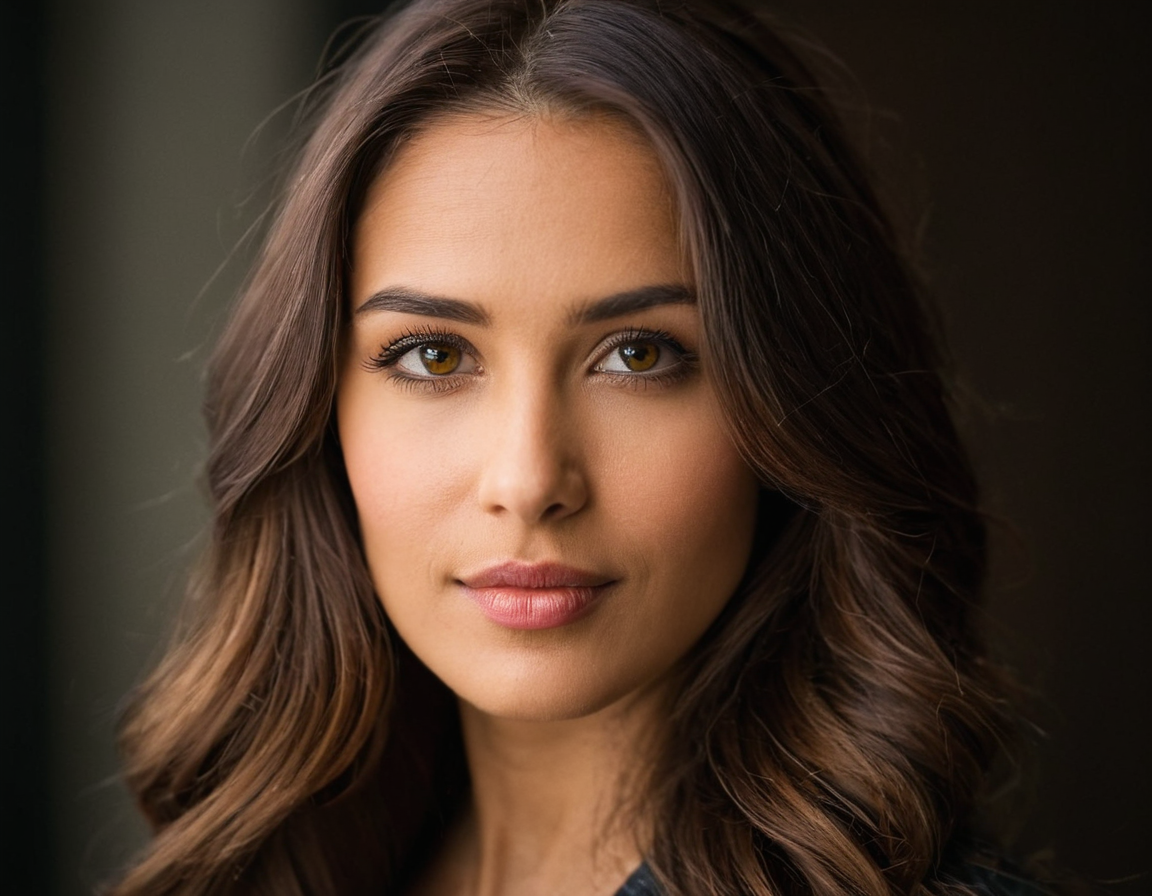Aperture Impact in Portrait DOF - A Practical Guide

Understanding the Impact of Aperture on Portrait Depth of Field: A Practical Approach
Introduction
As photographers, understanding the relationship between aperture and depth of field is crucial for capturing stunning portraits. In this article, we will delve into the impact of aperture on portrait depth of field, exploring its effects, practical considerations, and ways to achieve professional-looking results.
The Fundamentals of Aperture and Depth of Field
Aperture refers to the size of the camera’s aperture, which regulates the amount of light entering the lens. The aperture is controlled by the f-stop value (e.g., f/2.8, f/4, f/5.6), with smaller f-stops indicating a larger aperture opening.
Depth of field, on the other hand, refers to the range within which objects appear in focus. A large depth of field indicates that more areas are in focus, while a small depth of field results in a shallower area being in focus.
How Aperture Affects Depth of Field
Changing the aperture affects the depth of field by altering the amount of light entering the lens. Here’s how it works:
- Large apertures (small f-stops) result in a shallow depth of field, where only the subject is in focus, and the rest of the image is blurred.
- Small apertures (large f-stops) lead to a deep depth of field, with more areas being in focus.
Practical Considerations
When shooting portraits, understanding how aperture affects depth of field is essential. Here are some practical considerations:
Working with Models
When working with models, it’s crucial to consider their comfort and consent regarding the lighting and depth of field. A large depth of field can help create a more relaxed atmosphere, while a shallow depth of field may be used to isolate the subject.
Setting Up the Scene
The environment in which you set up your scene also plays a significant role in achieving the desired effect. For example, using a wide-angle lens with a large aperture can create a shallow depth of field, making it easier to capture the model’s features while maintaining a blurred background.
Achieving Professional-Grade Results
To achieve professional-grade results when working with aperture and depth of field, consider the following:
- Experiment with different f-stop values to see how they affect your image.
- Use the camera’s autofocus system to quickly switch between different apertures and adjust as needed.
- Shoot in RAW format to capture more image data and have greater flexibility during post-processing.
Conclusion
In conclusion, understanding the impact of aperture on portrait depth of field is essential for creating stunning images. By experimenting with different f-stop values and considering the practical implications, you can achieve professional-grade results that elevate your photography.
Let’s challenge ourselves to push the boundaries of what’s possible with aperture and depth of field. How will you use this knowledge to create captivating portraits?
Tags
understanding-aperture depth-of-field portrait-photography a-practical-approach image-quality
About Luis Torres
Hi, I'm Luis Torres, a photographer and blogger passionate about helping creatives grow. With a background in photography and a knack for teaching, I share actionable tips & techniques on lentecreativa.com to inspire and educate photographers of all levels.
